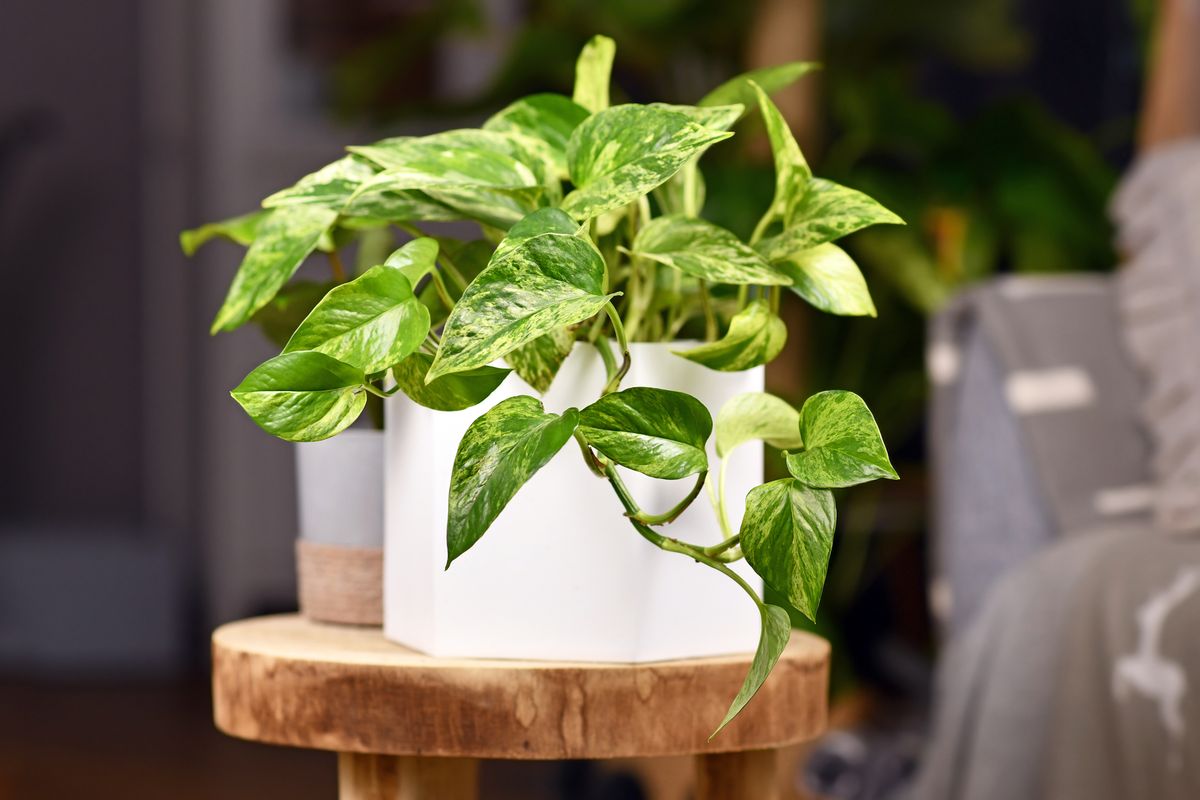Roses are one of the most beloved and popular flowers around the world. As spring arrives, it’s time to give these beautiful plants the care they need to thrive and produce a bountiful bloom. Whether you’re a seasoned gardener or a novice, taking care of your roses in spring can be easy and rewarding. Proper care in spring will not only ensure a healthy and vibrant display of flowers but also sets the stage for a successful growing season. In this article, we’ll go over some tips on how to care for roses in spring to help you achieve the best possible results.
Four Steps for Bringing Roses to Life in Spring
The process of reviving your rose bushes from their dormant state and preparing them for the growing season in spring will vary depending on the region you’re in and the type of roses you have. For gardeners in frost-free areas, roses may be evergreen, and bringing them back to life is as simple as moderate pruning and extra fertilizer to promote vigorous growth. On the other hand, for gardeners in very cold areas, you may need to dig up roses that were buried in the ground during the winter.
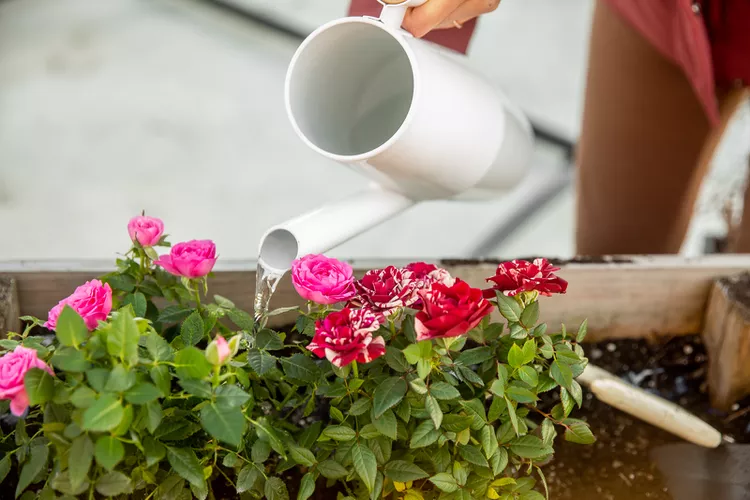
Nevertheless, there are four primary tasks that most gardeners will perform in some way to revive hybrid roses and prepare them for blooming in summer. Although roses have a reputation for being difficult to cultivate, they will generally continue to thrive and bloom even when neglected. However, taking proper early season measures can help minimize problems that may arise during the growing season.
Remove Winter Rose Protection
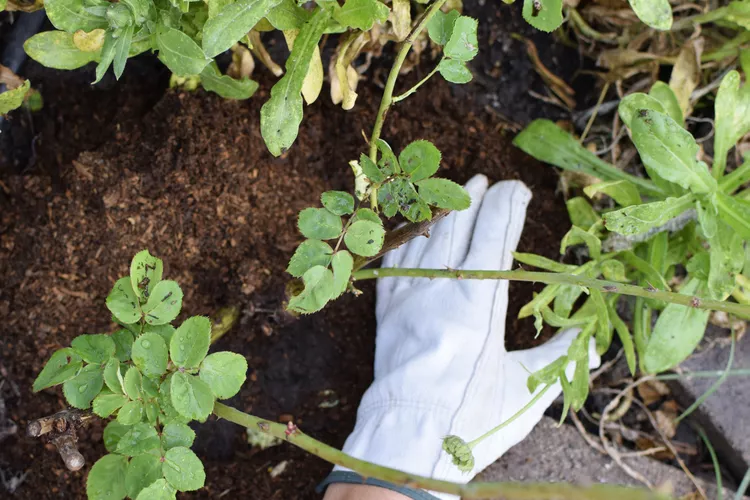
In most cold-weather regions, hybrid roses are protected from winter cold, and early spring is typically the time to remove any winter protection applied the previous fall. This should be done when you’re confident that there will no longer be freeze-thaw cycles that can damage tender rose growth. It is not the cold weather alone that harms roses, but the repeated freeze-thaw cycles that can seriously damage plant tissues.
In reality, covering roses is not meant to protect them from freezing, but to keep them frozen until there is no longer any threat of the weather fluctuating between frost and thaw. Don’t uncover your roses until you’re sure that warm days will no longer be interrupted by freezing nights.
In colder regions, gardeners may cover the entire rose bush with a cage or bags of dried leaves or straw. Remove the cages and covering material when the spring tulips and daffodils begin to bloom. Rake off the soil or mulch that was used to protect the graft union and remove any debris or leaves used to insulate the ground. Exposing the graft union will allow you to spot any growth that sprouts from below. Stems that grow from below this point are from the wild rootstock and will not produce the desired blooms.
In very cold regions, hybrid roses are often over-wintered by trimming and binding up the canes, digging a trench, bending the entire bush into the ground, and covering it with soil and mulch. If this was your winterizing method, rake away the mulch, dig up the roses, and bend them upright. Tightly pack the soil around the roots to support the bush, but make sure to leave the graft union exposed.
With rambling, climbing roses, the winterizing process involves laying the long canes out flat on the ground, pinning them down, and then covering them with soil and mulch. In spring, carefully rake away the soil and mulch, unpin the canes, and secure them once more to the supporting fence or trellis.
Prune Your Roses
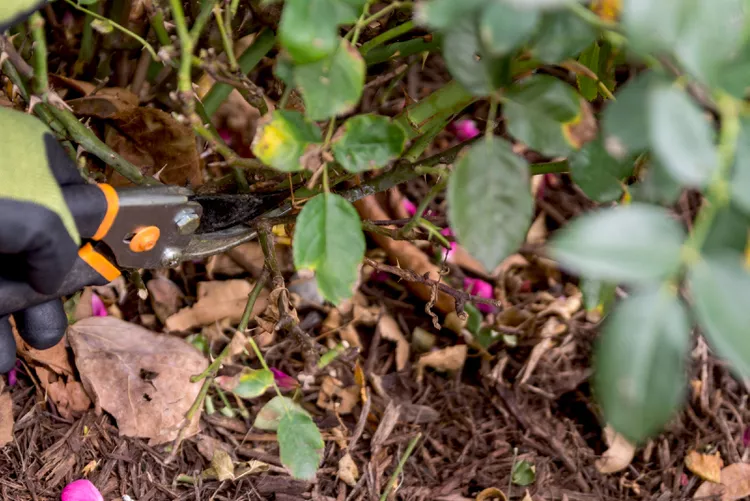
Preparing your rose bushes for the growing season in spring requires specific methods that may vary depending on your region and the type of roses you have. However, there are four tasks that most gardeners can do to resurrect hybrid roses and prepare them for summer blooms.
For gardeners in frost-free zones, where roses may be evergreen, unwinterizing is as simple as moderate pruning and extra fertilizer to promote vigorous growth. In very cold zones, however, gardeners may need to dig up their roses, which were tipped over and buried in the ground for the winter.
Most gardeners will do four tasks to resurrect hybrid roses and prepare them for summer blooms. While roses have a reputation for being challenging to grow, they can still grow and bloom even when a gardener neglects them. Proper early season steps, however, can ensure that you’ll have fewer problems to navigate during the growing season.
In most cold-weather growing zones, hybrid roses will have been protected against the winter cold. Early spring is typically the time to remove any winter rose protection you applied last fall when you have confidence that the weather will no longer create freeze and thaw cycles that will kill tender rose growth. It is not the cold weather alone that kills roses, but repeated freeze-thaw cycles that badly damage plant tissues.
In some colder growing zones, gardeners routinely cover up the entire rose bush with a cage or bags of dried leaves or straw. Remove the cages and covering material about the time spring tulips and daffodils begin to bloom. Rake off the soil or mulch that was used to protect the graft union and remove any debris or leaves that were used to insulate the ground. Exposing the graft union will allow you to spot any growth that sprouts from below. Stems that grow from below this point are from the wild rootstock and will not produce the prized blooms you’re after.
In very cold growing zones, hybrid roses are often over-wintered by trimming and binding up the canes, digging a trench, bending the entire bush into the ground, and covering it with soil and mulch. If this was your winterizing method, now is the time to rake away the mulch, dig up the roses, and bend them upright. Tightly pack the soil around the roots to support the bush, but make sure to leave the graft union exposed.
If you skipped pruning during the winterizing process, early spring is an ideal time to inspect the bushes and do any necessary pruning. Even if you did some pruning in the fall, it’s likely that the tips of canes have died back somewhat, requiring additional pruning. Pruning before the leaf buds open causes the rose bush to put its full energy into new growth. Use sharp pruners to cut back each cane in short segments until you remove all dead wood and reach the green, growing wood.
For those in warm climates, spring pruning can start as early as January, and gardeners in areas that don’t necessarily freeze during the winter can prune according to the type of rose they are growing. Roses grown in areas with warm winters, like Florida and Southern California, don’t necessarily need to be pruned at all. However, it is advisable to do some thinning and remove any diseased and dead wood.
For gardeners in cold climates, roses should not be pruned until about April, or the canes could suffer more winter damage. Once the leaf buds begin to swell on the bush, usually around the time forsythia bushes start to bloom, it’s safe to prune your roses.
Feed Your Rose Bushes
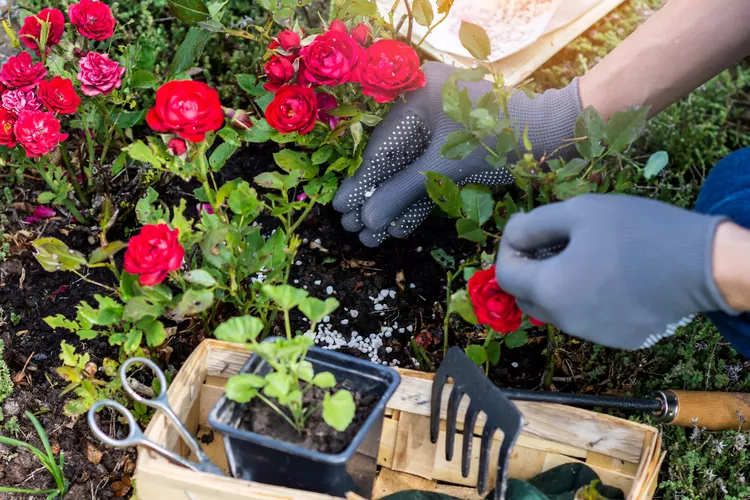
Like most plants, roses thrive with proper nutrition especially during the active growth period in spring. The initial fertilization can be given during the pruning time. While there are several specialized rose foods available in the market, a general all-purpose fertilizer can also suffice. Slow-release fertilizers have a longer lifespan compared to water-soluble fertilizers.
For extra care, some rose gardeners prefer adding a handful (approximately 1/4 cup) of Epsom salts during feeding. Though the actual benefits of additional magnesium have not been scientifically proven, many seasoned gardeners vouch for its effectiveness.
If you prefer to mix your own rose food, you could balance ingredients such as:
- 1 cup cottonseed meal
- 1 cup bone meal or superphosphate
- 1/2 cup blood meal
- 1/4 cup epsom salts
Spread the mixture around the perimeter of the rose bush, at the drip line, gently scratch it into the soil, and water thoroughly.
Spray for Diseases and Pests
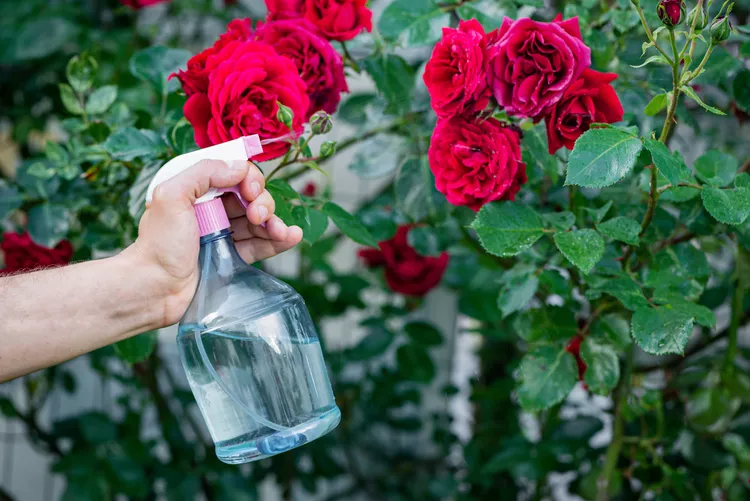
Regrettably, roses have a tendency to be susceptible to fungal diseases. Although you may have selected disease-resistant roses that are suitable for your region, it is difficult to prevent all types of fungal diseases on roses. Even if you are growing roses organically, it is worth considering preventative spraying during the spring season. A good option for spring spraying is lime sulfur, as it can eliminate any fungus spores that may have overwintered, such as black spot. Applying horticultural oil after the lime sulfur can also aid in suffocating insect eggs and larvae.
By performing these essential spring care tasks for your roses, you can ensure a healthy start to their growing season. Along with pruning, fertilizing, and spraying, it is important to provide your roses with ample water and regularly inspect them for any signs of issues. The efforts you put in during the spring will be well worth it as your roses flourish throughout the growing season.
